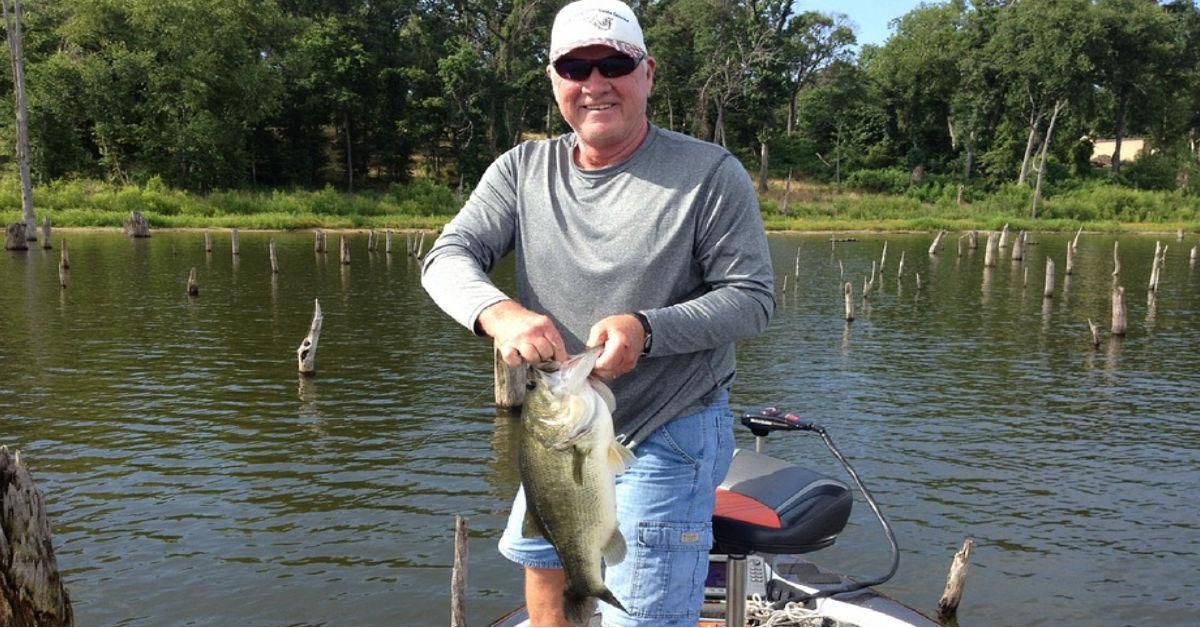8 Places You Should Be Looking To Find Prespawn Bass
Find the warmest water on your favorite fishery and you are likely to catch some early season prespawn bass there. Another prime spot to locate early spring bass is a transition bank where the fish start their migrating from their winter haunts to the spawning sites.Here is a look at eight spots for finding prespawn bass in early spring.
1. Transition Banks In Reservoirs
Prespawn bass move from their winter bass homes and follow creek and river channels to staging areas along secondary points or main lake bluff ends in the early spring. These spots allow bass to move up shallow to feed during sunny days, then retreat and suspend over deeper water when the weather turns cold and nasty. Examples of transition banks include: a creek channel swing close to the bank; bottom composition changes from bluff walls to chunk rock; or vertical banks that turn into flats.
2. Sandy Shores
Sand absorbs heat quickly on a sunny day and the warming sand causes a chain reaction as plankton and shad are attracted to the warmth. Then, bass move in to feed on the baitfish.
3. Hydrilla
Bass are always in grass even in early spring before the aquatic vegetation starts growing. The sparse pieces of vegetation still absorb the sun rays and provide another warm spot for early season bass. Looking for bass in grass is a great place to start when on the hunt for those prespawn fish.
4. Big Rocks
Bass flock to boulders and slab rock banks when sunshine beats down on the rocks and warms the water. The fish will remain on those rocky banks even when the weather turns cloudy and cold since the rocks still hold some warmth for a while. Rock riprap around bridges and marinas is another warm spot to look for early season bass.
5. Northern Shores
These shorelines warm up quickest in the early spring since the banks receive the most exposure from the sun in the southern part of the sky.
6. Rain Runoffs
After a warm rain, look for areas where the rainwater flows into the lake and raises the water temperature a couple of degrees. Don't be afraid to fish in the rain either, as it can lead to some big days out on the water.
7. Tributaries And Feeder Creeks
The shallower water in this part of the lake warms up faster than the lower lake and the water flowing in from the tributaries is usually warmer than the main lake.
8. Sunken Brush Piles
A shallow manmade brush pile blanketed in algae is another heat absorber bass seek in early spring. Try tossing moving baits to search out the fish and wake them up, then toss a big Texas rigged worm in there to get it out.
Updated February 27th, 2020 at 6:50 AM CT


